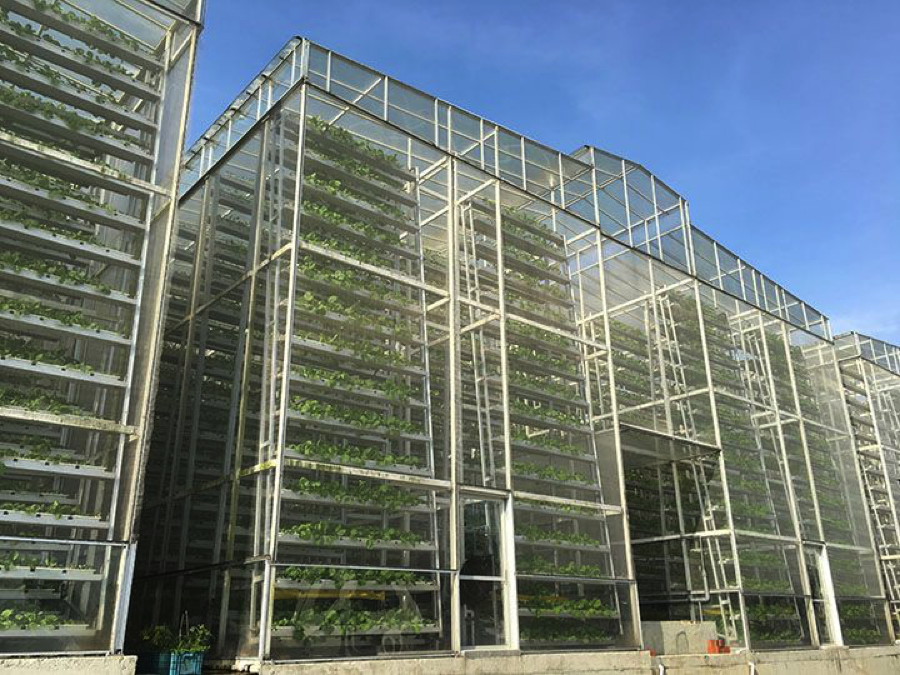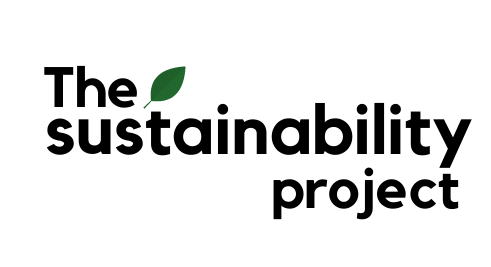Sustainability at supermarkets is not something that is often discussed. And we find it important to provide tips about how to be a more conscious consumer when shopping at supermarkets!
Our 3-post series starts off which the topic of sustainable fresh foods. Fresh foods are more often preferred over frozen for many people.
Reasons being they are healthier, supply more nutrients and enzymes. Also less of the salts and preservatives present in frozen foods. According to Technovio analysts, the demand for fresh food is predicted to grow 3% over the next few years as people become more health-conscious.
However, for people living in cities (i.e. everyone in Singapore), this can pose as a problem. Because we do not have the large farmlands and pastures required for big-scale agriculture. Supermarkets are thus the main source of where we urbanites can find fresh vegetables, fruits, and meats!
This post discusses some of the issues concerning our fresh foods, and possible alternatives that we can choose, or actions we can take instead, as conscious consumers!
Let’s Talk About Food Waste
The supermarket model is wholly efficient at getting what we want to us, allowing consumers to pick and choose as they wish, all in a geographically central area.
It is clearly built for convenience, and is necessary in Singapore, because where else can get fresh produce fast and easily? Unfortunately, this convenience comes at the expense of excessive waste produced, especially for perishable goods with short expiry dates such as fresh fruits and vegetables.
As consumers demand for constantly stocked shelves with a wealth of choice, retailers end up disposing of way too much food that end up not being bought.
Ugly Foods vs Pretty Foods
Another issue is that of cosmetic filtering, or the disposing of goods based on their aesthetic appearance. While this filtering is conducted at every level of the food production chain, even before the foods are displayed on supermarket shelves, consumers have a part to play in this as well!
According to Zero Waste SG’s Executive Director Eugene Tay, retailers throw away ugly foods because “consumers demand nice looking food. So retailers have to accept that”. A survey conducted by Electrolux found that 83% of Singaporeans will only buy unblemished-looking fruits and vegetables. And this results in throwing away the ugly foods and the resources that go into growing and packaging.
This is a problem that caused by consumers, and can therefore be alleviated by consumers as well! It is important to understand that ugly foods may look bruised, but are still entirely edible and be as delicious. A great example to bring up is the month-long
One-Dish@A-time campaign, a collaboration between Plentyfull, and the Food Bank in 2018. To prove that ugly foods can still taste like a quality restaurant-level dish, three special dishes were created from ingredients retrieved from the Food Bank.

These aesthetically crafted dishes are (in clockwise order from top left) rice pudding, tuna pasta and granola bar. Credits: Plentyfull
The ingredients used in these dishes were initially discarded by consumers because they were “ugly” and donated to The Food Bank. However, considering the positive reception towards this campaign, it is clear that what’s inside is what truly matters!
So how can then you help as a consumer? When shopping in supermarkets, consider opting for the “uglier” goods instead. It’s almost a guarantee that they will taste way better than they look!
Support Local Produce
Have you heard of food miles? Similar to the concept of a carbon footprint, food miles are measured by the amount of CO2 emitted per mile for a tonne of food.
Cheap, non-renewable fossil fuel energy has made long-distance transport of food possible and economically viable. But it may not be the most environmentally-friendly option for us to take.
However, in Singapore, since we do not have agricultural land, import from more than 170 countries is required to ensure food security.
In rise of this situation, urban farming is starting to gain traction in Singapore! Community gardens have sprouted up. Urban farmers have started to take innovative steps towards creating more space for garden plots.
For instance, using unused rooftop carpark spaces. In order to ensure urban farming is a viable business, many utilise technologies to cope with the space limitations of an urban environment.
I’ve had the pleasure of visiting Sky Greens a few years back, a (patented!) vertical farm that uses hydraulic action to drive the vertical farming system, ensuring all crops get the same amount of sunlight.

Credit: pintrest.com
Another urban farm in Singapore is ComCrop, Singapore’s only commercial rooftop-farming community.
If you’re curious as to how these farms look like, VivoCity’s new NTUC Fairprice showcases a 3m x 6m hydroponics farming system and an automatic water pumping system within the supermarket itself!
The Good In Local Produce
Prioritising technology to ensure fresh produce right at our doorstep would be a more sustainable alternative compared to constant imports!
On top of that, urban farming can also alleviate food security issues in urban cities, especially if arable, fertile land in countries continues to decline. As such, you can consider purchasing local produce when shopping in supermarkets!
For instance, Comcrop’s vegetables are available for sale at the aforementioned VivoCity NTUC outlet, RedMart and other Fairprice Finest outlets.
The Problems of Eating Meat
As illogical as it may initially sound, animal agriculture is one of the leading causes of climate change!
Global warming is mainly caused by the increased amount of carbon dioxide and other anthropogenic gases in the atmosphere that trap heat. In many farm animals, emissions come from methane from digestive processes.
Methane is actually a gas four times as potent than carbon dioxide in absorbing heat and warming the planet. 70 billion animals are grown, killed, and consumed globally every year.
And they all release methane in the form of farts. Imagine how much additional methane that adds to the atmosphere!
Also, large patches of land are cleared to convert forested areas into land for livestock, growing their food and fodder. 83% of farmland is actually used for pasture or fodder crops like corn and soy!
Land use change has substantially altered Earth’s landscape and degraded nuatural habitats. And it will continue to do so with increasing global demand for meat. On top of that, agriculture requires large amounts of water and energy.
And 27% of global freshwater consumption is actually used by the meat and dairy industry. As such, meat consumption can be seen as a black hole for resources.
The Rise In Meatless Meats
People are becoming more aware of these sustainability issues. As such, meat alternatives have been on the rise in recent years.
Many local restaurants and eateries have introduced Impossible Meats to their menu, generating a wave of interest in recent months. I’ve personally tried Quorn nuggets made from mycoproteins, and I was quite mindblown by its striking similarity to a normal chicken nugget.
I was pretty sure that I wouldn’t have recognized them as a no-chicken vegetarian option if I hadn’t been told so! (Check out our post about Impossible Meats to learn more about the sustainability issues with regards to meat alternatives.)
How about dairy product alternatives? These can be argued to be even harder to replace. Dairy milk can be replaced with soy or almond milk, though do note that even these alternatives may lead to unsustainable farming practices, depending where these products come from.
Want to make a difference, but feel like you can’t give up meat entirely? Consider adopting a flexitarian diet then! It is less strict than being a vegetarian or vegan!
Such diets recommend a plant-based meal complemented with lean meats such as chicken and turkey.
We’ve only touched on a few sustainability issues in this article – there are so many more, including packaging problems and the excessive use of pesticides in fresh produce.
We cover that, and more, at our Shopping For Sustainability Events! In the meantime, as you become a more conscious consumer, your choices in the supermarket can really make a difference.

